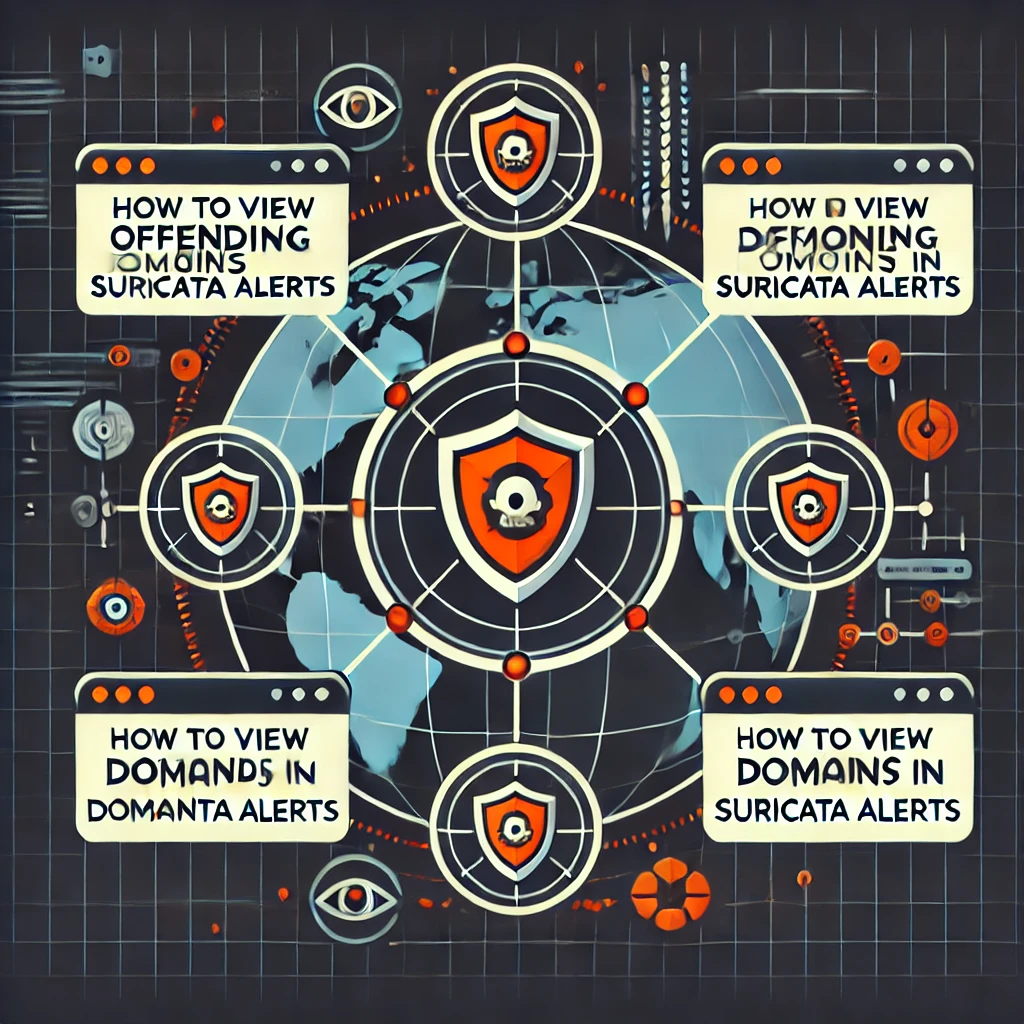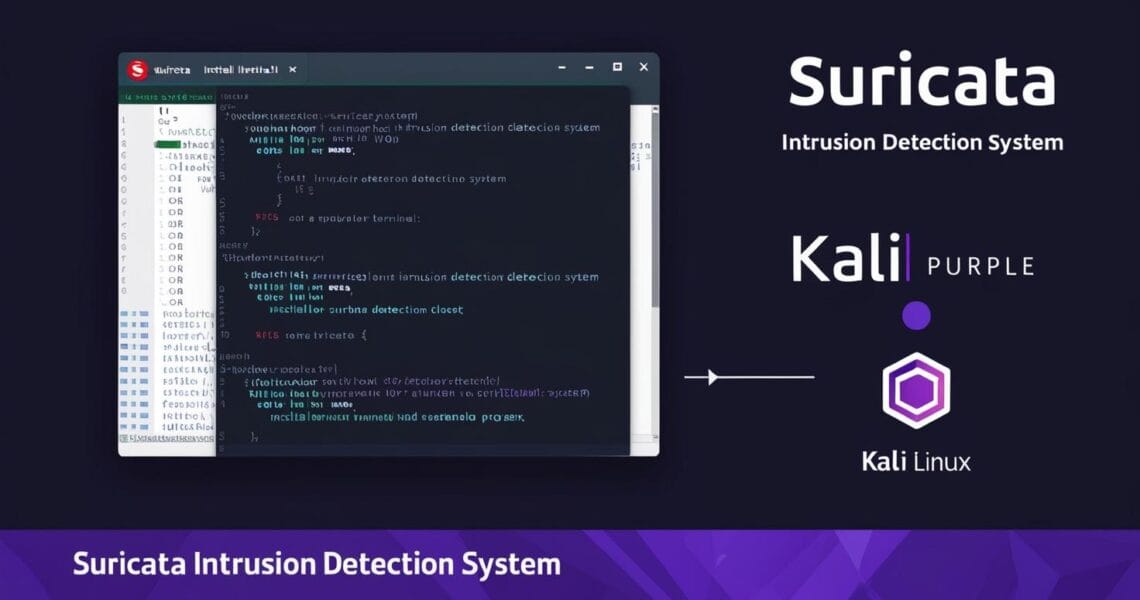Skip to the content
If you’re using Suricata for network security, monitoring and analyzing alerts is crucial. One important aspect is identifying offending domains that trigger alerts. This step-by-step […]
August 27, 2024
Looking to enhance your network security with Suricata on pfSense? This comprehensive guide will walk you through the installation and configuration process, making it easy […]
August 25, 2024
Protect your network with Suricata! Learn how to install and configure this powerful Intrusion Detection System (IDS) on Kali Purple with our easy-to-follow guide. Whether […]
August 25, 2024
I am going to update you about much-anticipated release of Suricata 7, marking a significant milestone in the evolution of this high-performance Network Threat Detection, […]
December 6, 2023
Suricata rules ko install karne ke liye, neeche diye gaye kuch steps hain. Yeh steps Kali/Debian/Ubuntu Linux distribution ke liye hain. Agar aapka distribution alag […]
December 5, 2023
We use cookies in order to give you the best possible experience on our website. By continuing to use this site, you agree to our use of cookies.


